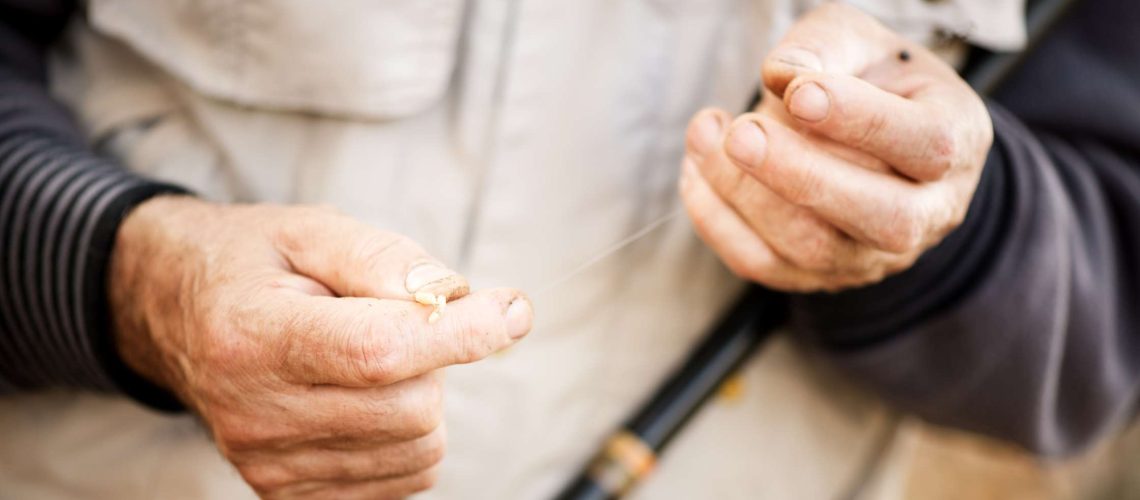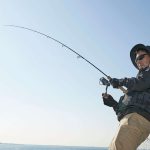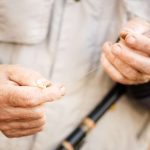Fishing worms are more than just wriggling creatures; they’re the unsung heroes of successful fishing trips. Whether you’re using nightcrawlers for their size or red wigglers for their adaptability, each worm type has its unique charm.
But how do you choose the right one for the season or the fish you’re targeting? Let’s explore the subtle art and science behind selecting and using these indispensable fishing companions.
Types of Fishing Worms
When you’re gearing up for a fishing trip, understanding the types of fishing worms available can significantly enhance your angling experience.
Popular worm species like nightcrawlers, red wigglers, and bloodworms each offer unique advantages. Nightcrawlers are excellent for larger fish, while red wigglers are perfect for smaller catches.
Mastering worm fishing techniques means knowing how each type behaves seasonally and their environmental preferences. For instance, nightcrawlers thrive in moist, cool conditions, making them ideal for spring fishing. In contrast, red wigglers prefer warmer, compost-rich environments.
Comparing worm baits helps you select the right one for your targeted fish species and fishing conditions. Understanding these aspects will improve your chances of a successful fishing outing.
Selecting the Right Worm
Choosing the right worm can make or break your fishing trip. Each type of worm offers distinct advantages for different fishing scenarios.
Start by considering worm color selection. Bright colors work well in murky waters, while natural tones suit clear conditions. Environmental factors, like water clarity and light levels, play a crucial role in this choice.
Seasonal variations affect which worms attract fish, with larger worms being more effective during warmer months when fish are more active.
Size considerations are important; smaller worms suit finicky fish, while larger ones can lure bigger catches.
Finally, prioritize worm durability, especially in rough waters or when targeting aggressive fish. Durable worms withstand more bites, keeping you fishing longer without frequent replacements.
Rigging Techniques Explained
To effectively rig speed worms, you should start by understanding the nuances of the Texas rig, which is, without a doubt, the go-to method for these lures.
Mastering this technique requires careful attention to detail:
1. Hook Size: Choose the right hook size—3/0 for 5-inch worms and 4/0 for 6-inch worms. This ensures a good catch rate and bait presentation.
2. Weight Selection: Use weights ranging from 1/16 oz. to 1/4 oz. A 1/8 oz. weight is often ideal for a balanced setup.
3. Worm Modifications: Tail variations like paddle and cut tails can be enhanced for better action by making simple modifications.
4. Texas Rigging: Slide the worm onto the hook, ensuring it’s straight, to maintain its natural movement in the water.
Effective Retrieval Methods
After mastering the Texas rigging technique, it’s time to focus on how you can bring those speed worms to life in the water.
Start with subsurface presentations, using little to no weight and letting the worm glide just beneath the surface. This approach works well in shallow areas and gives the worm a natural appearance.
When targeting deeper water, opt for weighted retrieves. This method mimics the movement of spinnerbaits, effectively covering the middle water column. As you retrieve, pay attention to the tail action; its subtle vibrations attract fish.
For deep-water bass, try slow rolling. Let the worm crawl along the bottom, adjusting based on water depth.
Maximizing Catch Success
When it comes to maximizing catch success with speed worms, honing your technique can make all the difference.
Keep in mind the following factors:
1. Fishing Conditions: Adjust your strategy based on the day’s weather and water clarity. Clear days require subtler presentations.
2. Worm Colors: Select colors that match the environment. Bright hues work in murky waters, while natural tones suit clear conditions.
3. Water Temperature: Cold water may demand slower retrieves, while warmer temperatures can handle faster actions.
4. Seasonal Patterns: Fish behavior changes with the seasons. Recognize these patterns to predict where and when fish bite.
Experience Superior Fishing with Yellow Bird Products
Your choice of fishing worm is only as good as your fishing equipment, and that’s where Yellow Bird Products comes in. With their extensive line of top-notch, brand-name fishing goods, you can confidently tackle the waters.
From seasoned anglers to budding fishing enthusiasts, Yellow Bird Products is a one-stop shop for all your fishing needs. Their expertise in the industry, grounded in their unwavering commitment to quality and innovation, ensures that you are equipped with the best gear and the knowledge to maximize its use.
Remember, “the early bird catches the worm,” and you’re always ahead of the game with Yellow Bird Products. Experience the difference today, and make every fishing trip successful with Yellow Bird Products.
Happy fishing, and may your lines always be tight with Yellow Bird!





